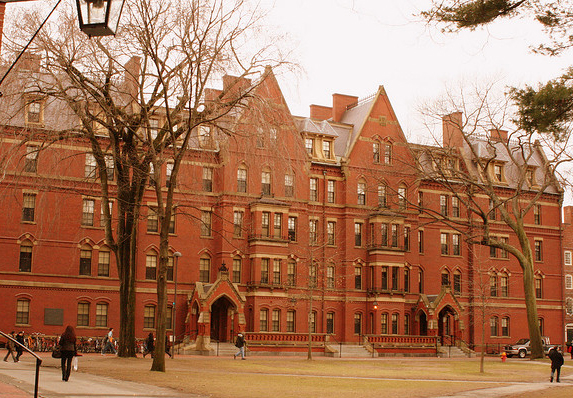For many Americans, going to college has been the next natural step after graduating from high school. A college degree has served not just as a status symbol, but also proof that graduates have mastered a subject and can put the knowledge they've acquired in school to practice.
But the value of a college degree is being questioned by those who wonder if there's a better alternative. With free, high-quality education available online, and a growing new movement around nontraditional ways of earning credit for expertise through digital badges (a digital portfolio of sorts that includes credit for online courses, traditional college courses, and workplace achievements), colleges must find new ways of staying relevant.
Distilling a recent New York Times interview with Richard DeMillo, director of the Center for 21st Century Universities at Georgia Institute of Technology and author of Abelard to Apple: The Fate of American Colleges and Universities, a few imperatives are becoming clear.
- INFORMATION IS PRICELESS. With MIT’s OpenCourseWare – the university’s classes offered online for free – as well as a long list of other quality free educational resources, the public perception of what holds value in education has changed. Facts and how-to’s are freely available to anyone with Internet access. So why pay upwards of $40,000 a year in tuition? “OpenCourseWare was an important signpost that hammered home the point that the content of a university course was being rapidly commoditized by technology,” DeMillo said in the interview with New York Times reporter Tamar Lewin. “If you [college professor] think your value is in 13 weeks of lectures, then exams, it’s true that that’s probably not going to be as valuable in the future.”
- GO STRAIGHT TO THE SOURCE. When faced with a huge drop in enrollment in the computer science program at Georgia Tech after the dot-com bust, DeMillo had to find a way to lure students back at a time when everyone believed tech jobs would be outsourced to other countries. Rather than confer with the insular academic community, DeMillo looked out to the real world for advice. He spoke to dozens of video game companies about what they were looking for in computer science grads. “They said they needed people who not only know the technology but were skilled in the art of storytelling, the narrative arc,” he told the Times. Armed with this knowledge, he reconfigured the computer science department to allow students to choose two "interdisciplinary threads,” like computing and media. The lesson? “What engineers are good at is out-of-the-box solutions, prototyping, and not waiting for a big system change to make an improvement.”
- THE FUTURE IS WIDE OPEN. With more than 120,000 students signed up for Stanford’s online course, more open education sources being added to the list, a new way of building a portfolio through badges, and a growing movement to deconstruct higher education, the fate of the university as we know it is unknown. “The only thing we can be sure of, here in 2011, is that there’s going to be a wave of innovation over the next century, and 100 years from now, higher education won’t look the same,” DeMillo said.
- LOOK FORWARD. Rather than insisting on adhering to age-old traditions, college presidents must find ways to set these institutions on the road to innovation. “Sometimes you have to be a chief executive officer, make priorities and set a direction that’s different from where you were going before,” DeMillo said. Especially now with the crippled U.S. economy, universities must find ways to add value to students' prospects apart from what they could find on their own.


